Gritty Take: What Is A Gravel Bike?- by Guitar Ted
Bicycles and the gear it takes to ride them consume a lot of my time, obviously, here on Riding Gravel. I have been immersed in the dissection of all of this since 2005 and it never ceases to amaze me how the simple machine gets redefined year after year. However; before my reviewing and writing days, I was well aware of this trend the cycling industry engages in. The redefinition of bicycles, their recasting and remolding into different shapes and purposes, has been going on since the bicycle was invented. Lately I have seen the “gravel” or “all road” bike become a bit more homogenized. The forms and intentions for these “anything bikes” have been sharpened into focus. It seemed we were all good with that until recently.
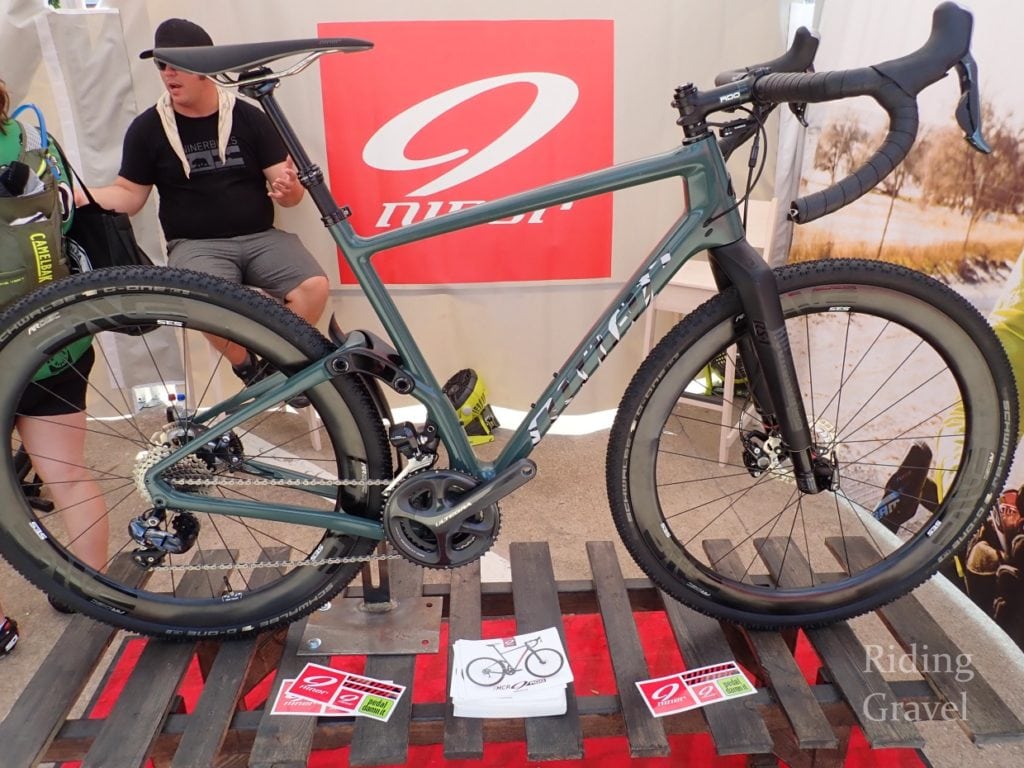
There have been some outlandish bikes shown at expos and bicycle shows throughout the years and perhaps the most noteworthy one of those (so far) in the niche world of gravel bikes has been the Niner MCR 9, a full suspension gravel bike. It’s easy to pass off such a radical bike as being outside of the box so far that it isn’t relevant. However; it isn’t so easy to pass off elements like dropper posts and front suspension forks. These two features, most recently added to bikes like Otso Cycles Waheela S and potentially the v4 Warbird, seem to cause much discussion on our pages and forums. Why are dropper posts on gravel bikes? Why do we need front suspension forks? These particular questions lead to a broader, genre bending question- So, when does a gravel bike simply become a hard tail XC 27.5″ or 29″er bike? I mean, take your garden variety hard tail XC bike and add drop bars. Right?
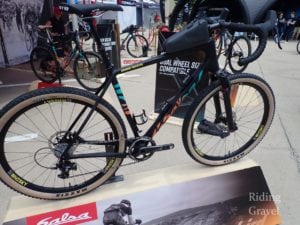
These are questions I posed to expo vendors at the “All Things Gravel” expo at the 2018 Dirty Kanza 200 event which just wrapped up this past weekend. The answers I got lead to a more round, all encompassing look at what a gravel road bike is in 2018 and beyond. In fact, it brings me to a stronger belief than ever that “gravel bikes” is completely the wrong term to use for such bicycles. But I’ll get back to that in a bit……
First, I wanted to pass along the answers to “why dropper posts and suspension forks” on these bicycles. The answers I received, almost universally, were pointing to the fact that these drop bar bikes with mid-range sized tires are so fun that many in the industry are using them to do buff single track and even some rougher back roads. Things that would be far beyond the capabilities of any road bike previous to “gravel bikes” being available. These sorts of conditions and terrains call out for a dropper post. Now I will butt in here and say that if you’ve never experienced what a dropper post can bring to a ride, then you need to experience that to really understand. Only then could you really see why these newer gravel bikes are dropper post compatible. Dropper posts are truly worthy of the term “game changer”.
So, why not just ride a hard tail 29″er? Well, that was nearly a universally panned idea. Why? Because mountain bikes don’t cut it on hard surfaces or pavement. You lose that ability to zip, maintain speed over longer distances, and of course, they are generally going to not be as comfortable on roads. The consensus was that “gravel/all road” bikes were a lot of fun on roads, gravel/dirt, and could be more fun on single track if they had dropper posts and suspension. The wheel size versatility plays into these thoughts as well. Run knobby 650B 2.1’s on your single track days and narrower 38’s in 700c on your road days. Own one bike. Do (Mostly) All Things.
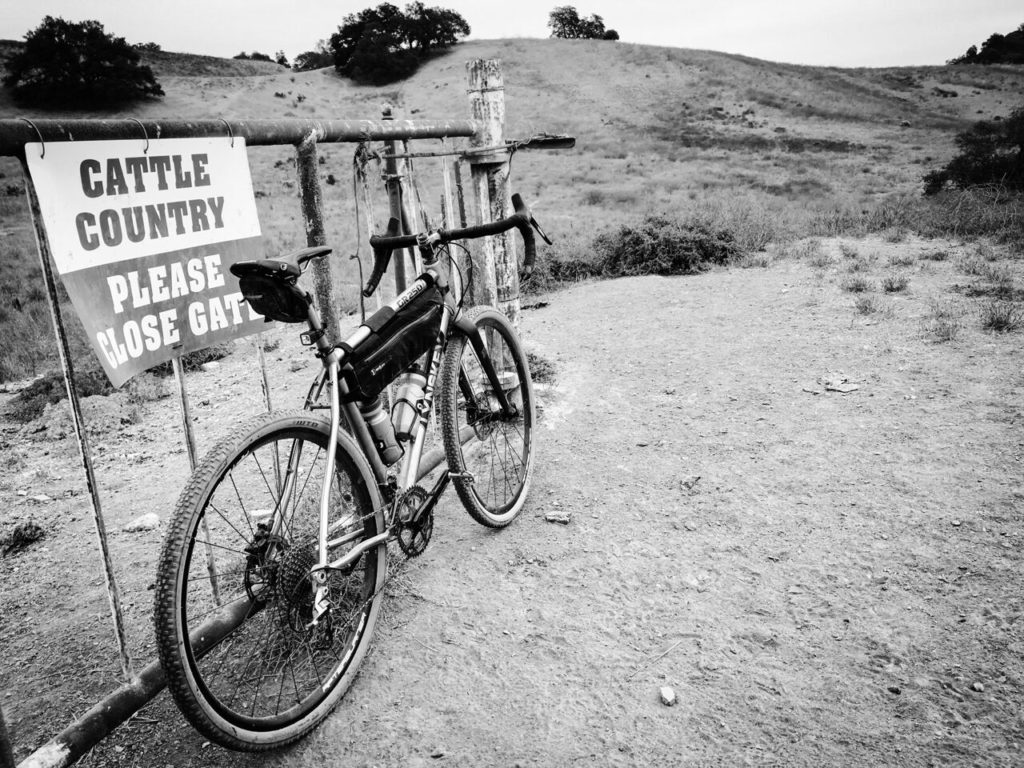
My personal take on “what is a gravel bike” has always been “the bike you are riding on gravel is a gravel bike“. Say you have an old Schwinn cruiser with balloon tires, well that’s a great gravel bike if you get on with it. Fat bikes? I see a lot of those at gravel events. Mountain bikes, old 26″ers, even recumbents, yes- all gravel bikes. Now, is there a better tool for the job? That’s where we get into refining, innovations, and maybe this is where we are going in 2018 and beyond with what will define the bicycle we use for these “not road racing”, “not pure mountain biking” type of rides. So, of course, what the name of these bikes should become is perhaps the thorniest question of all. Their existence is exciting and has turned on a lot of riders to the in between margins not covered in pure smooth road riding and gnarly trail shredding sessions. The types of riding the masses can more easily and safely participate in. What should those bikes be called?
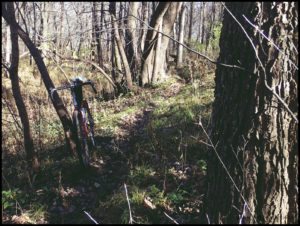
I’m saying, and have said for a long time, that “gravel” is not a good term for these rigs. It isn’t going to work, and it has been shown to even be offensive to some riders. Some say “all road”, but that doesn’t work either, since, you know, not everyone is limiting themselves to roads on these bikes. I find it ironic that these bikes fit the older term for mountain bikes best- all terrain- but even that seems “not right”.
So, I am not coming up with an answer to the question posed by the title of this piece. The answer eludes me because it isn’t a black and white, clear cut answer. These bikes are so versatile these days, so the purpose to which they are designed for is not easily defined. They are, in fact, multi-purposed. The “GP” military vehicle became known as the “jeep”, and maybe these bicycles are the “jeeps” of the cycling world. I’m not sure, but whatever you want to call them- gravel bike, all road bike, or general purpose bike- they aren’t going away anytime soon.
I guess I’m going to stick to my original answer to the question then. A gravel bike is whatever bicycle you want to ride on gravel. Whatever that is………


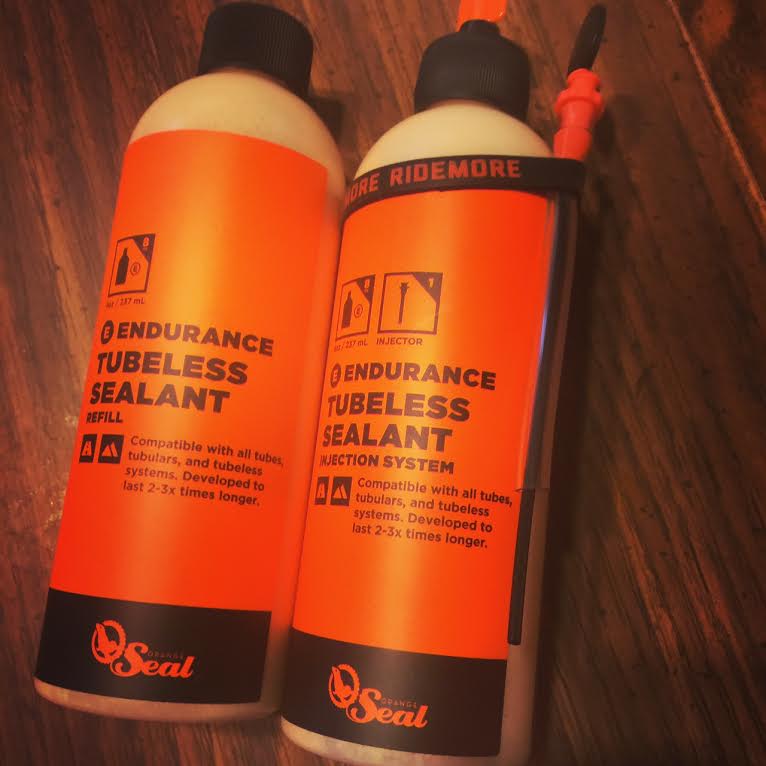
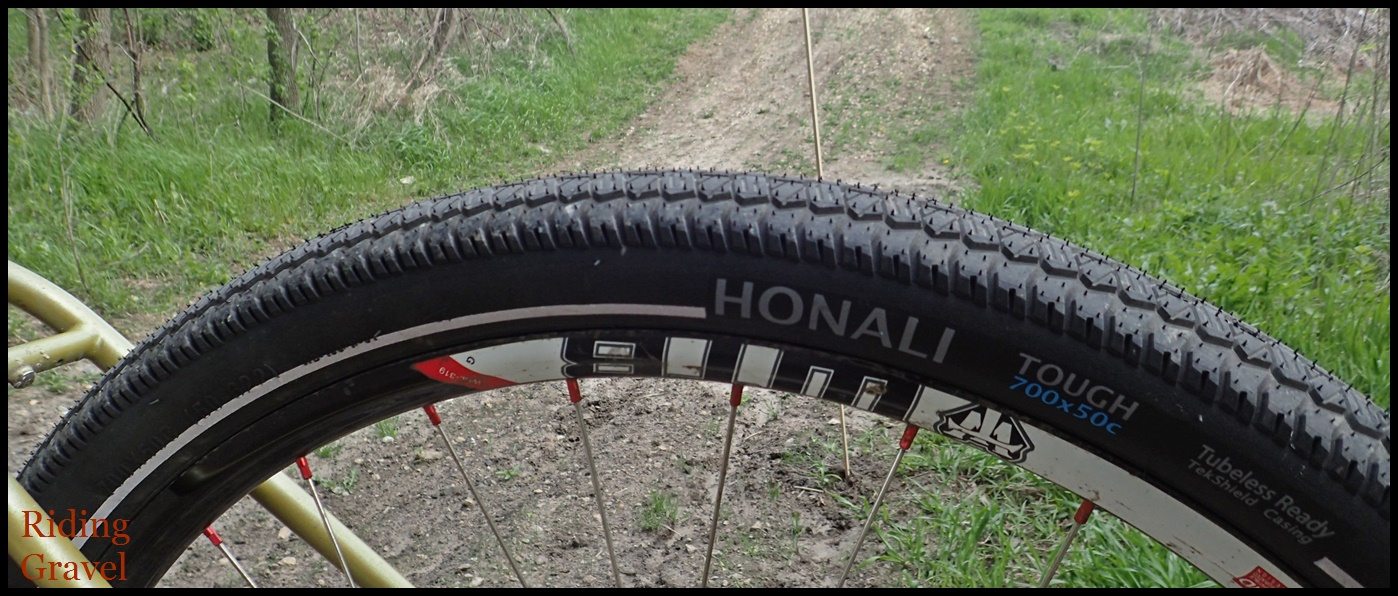
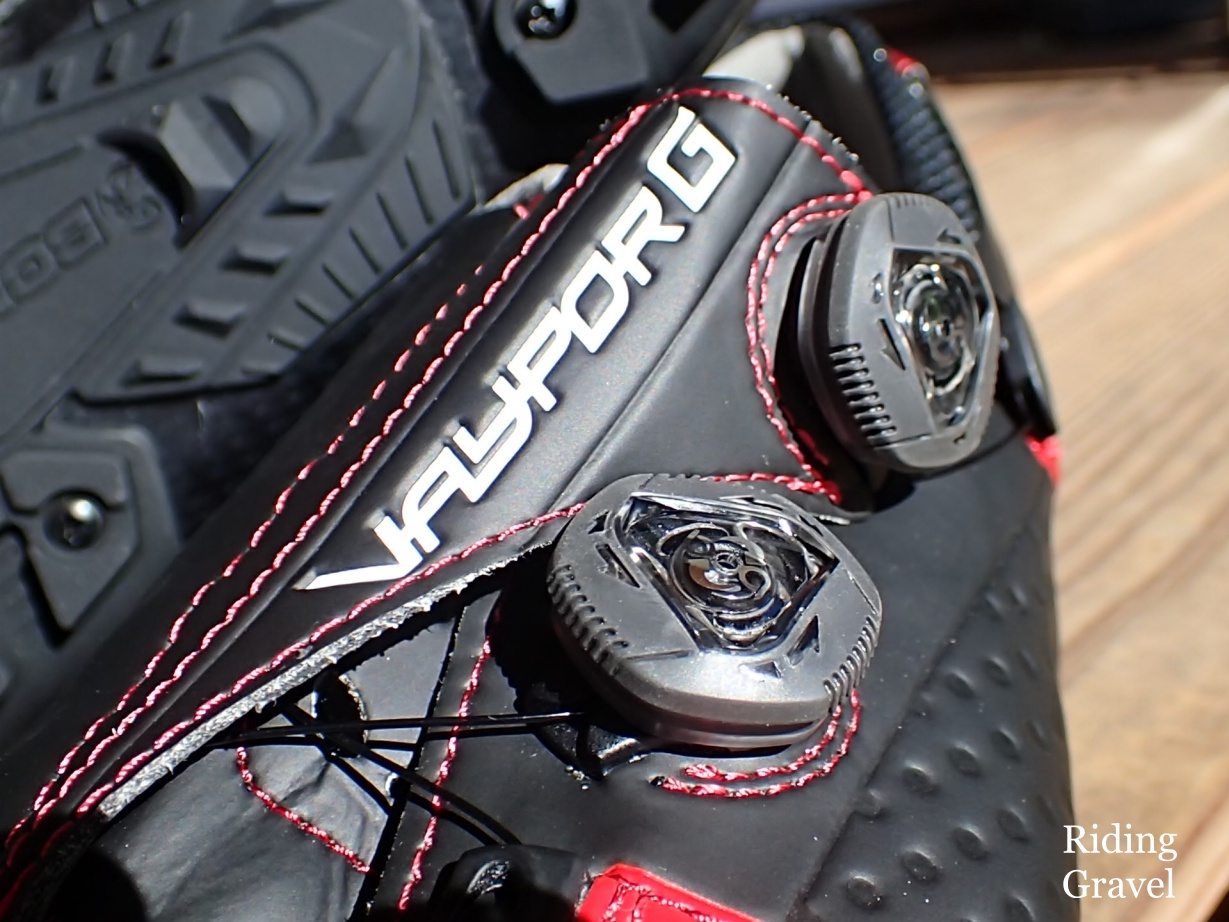
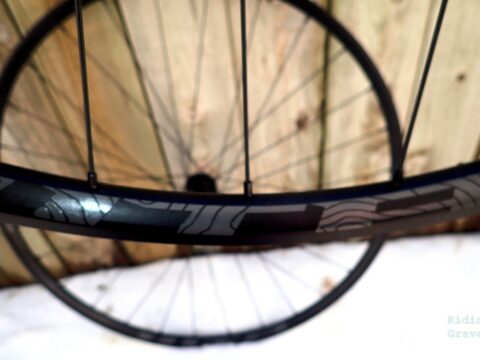
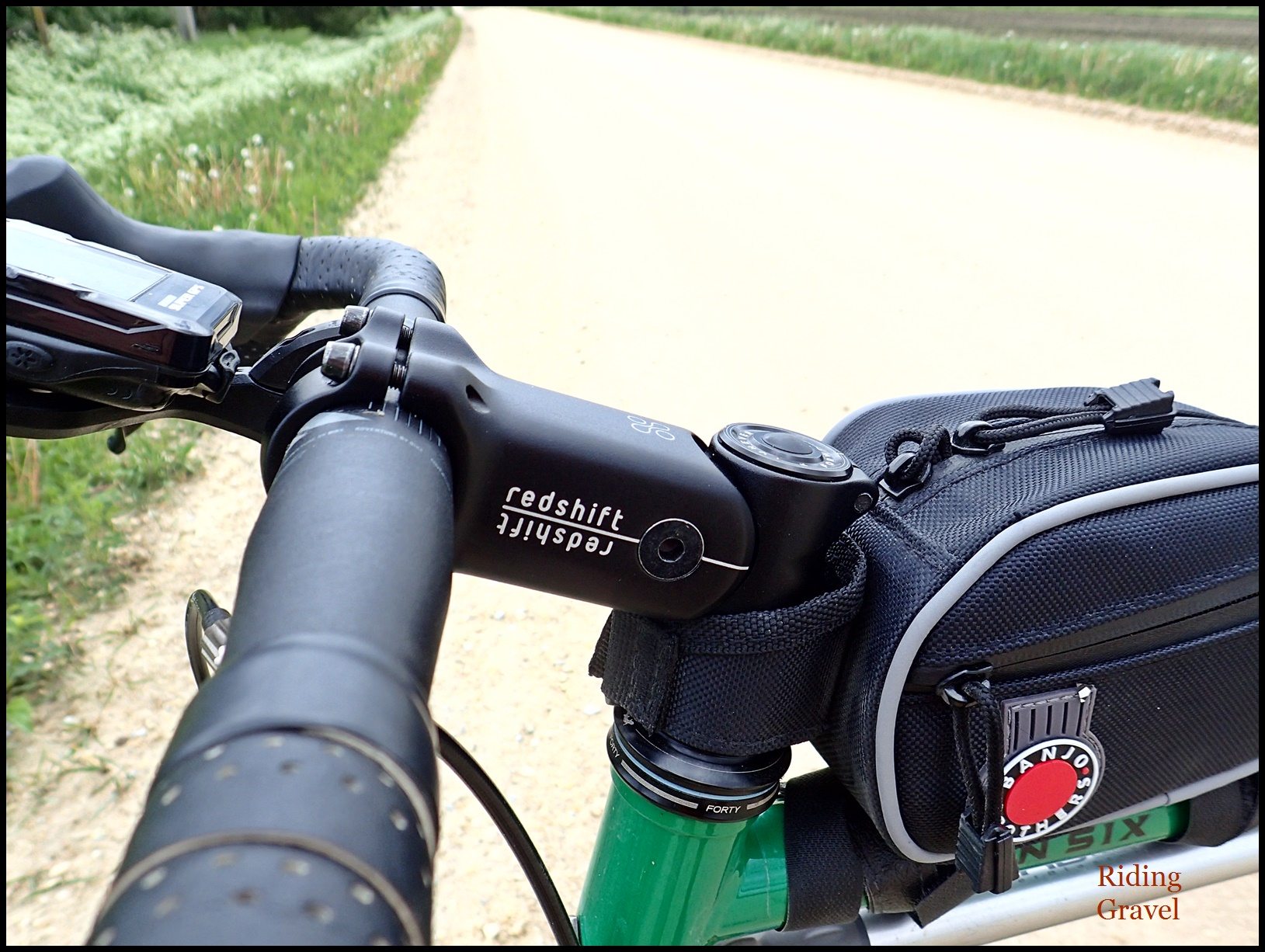
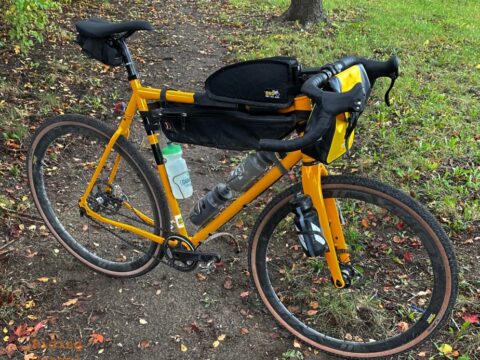
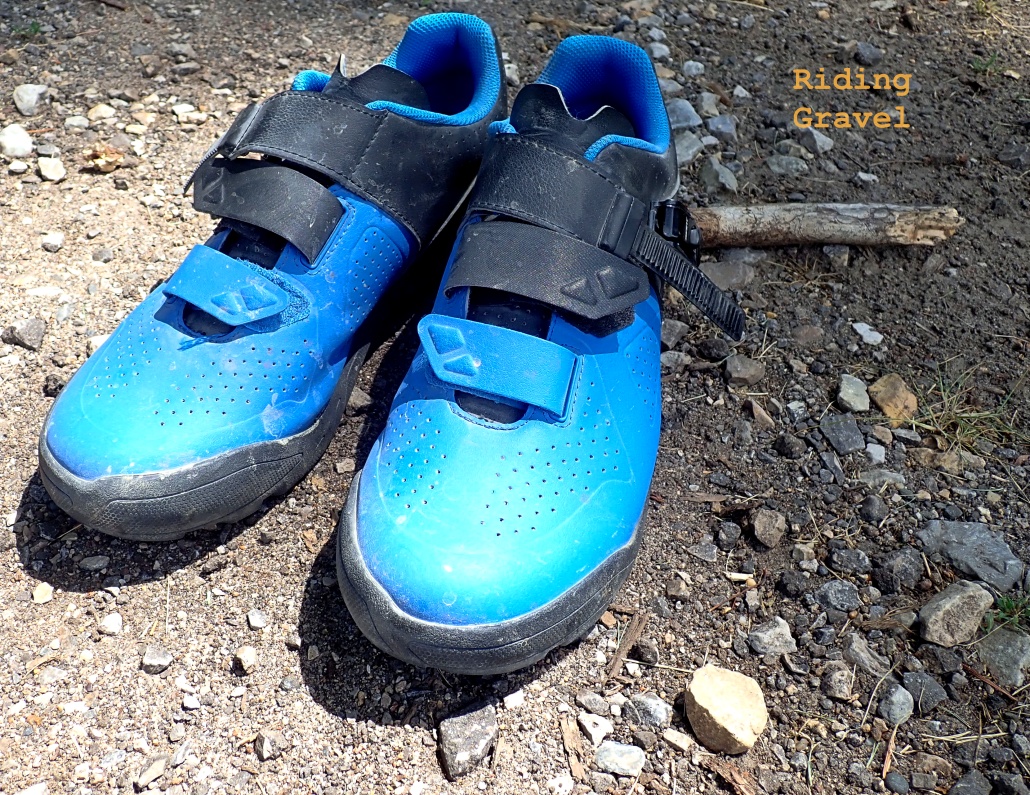


I think there is a place for these types of bikes.
There are places that you can tie rides together if you have more capability to ride single track.
I find it interesting that a few years ago there were several mtn bikes coming out fully rigid. Not we need road bikes with full suspension.
I think your final summation is precisely on target. What the target is depends on the rider. I think for many riders that target is very fluid. As a teen I road gravel roads on a Schwinn Le Tour with heavy 23c tires and thick inner tubes. It was not fast, but was serviceable. In the 2000s and 2010s I have used a hybrid on gravel quite reasonably. I even used it to train for my first DK100 as I waited for my new “gravel” bike to arrive due to the west coast shipping shut down a few years ago. The hybrid was stable, had space available for nice wide tires with wider rims. Now I am searching for a different bike than my current cyclocross based frame that doesn’t mesh with my preferences. Nothing wrong with that bike. Gravel is no different than MTB or road cycling in that the bikes will evolve to fit specific niches. My needs have evolved as My gravel experiences increased and broadened. My personal quest is for fun that is able to be ridden up tempo (I don’t race), be comfortable for the long haul, and be moderately capable of bike packing. I am looking forward to your review of the Renegade.
@Jeff Klun- Thank you. Look for an update on the Renegade review here soon.
Good Answer!
“A gravel bike is whatever bicycle you want to ride on gravel. Whatever that is………”
To stay in the whatever that is category, when I rode the Gran Fondo Ephrata earlier this year there was a guy that did all 80 miles and 5000 feet of climbing on a unicycle. Massive respect for that guy taking gravel bikes to a whole new level 🙂
I like “all-road” as it fits the legal definition of road. ROAD. A passage through the country for the use of the people. 3 Yeates, 421. https://legal-dictionary.thefreedictionary.com/road
I’m going with this one as well!
@mark landsaat, and you rode that ride on a cross bike because your gravel bike wasn’t ready yet. Go figure. 🙂
I call mine my outside bike because that’s where I ride it.
Absolutely love my Giant Anyroad. Nothing fancy – just a bit more upright, room for 40mm tires (largest needed generally in New England), and 105s. It can do asphalt by putting on light Conti 4000’s or the Vermont Overland Maple Adventure ride with a set of 35mm Kenda Flintridge tires. Versatility really is the big selling point in this class of bike (for me at least).
I call it my YES bike and YES rides. Pavement? Yes! Paths? Yes! Singletrack? Yes! Gravel? Yes! All on the same ride? YES!
The ability to combine all surfaces to connect areas has opened all kinds of new routes and adventures.
Ted:
Thanks for all your work you did working with Raleigh to help design the Ramland 1. I have no idea why they dropped the Roker line. I started out last spring with the 2016 Tamland 1 in 56cm. Finished the Pony Express 75 miler last fall on it which has kind of spoiled me for all gravel races since. I bought the 2017 Roker Comp in Dec. when I heard that they were not going to have the bike in their line up for 2018.Luv the Roker to death but not real crazy about the Sram Rival 1x yet. The bike is a lot more than I am right now as I have no mt bike experience and jsut coming in this from the roadie end. I decided to take up this sport after getting hit/clipped by a drunk on my roadie bike Jan. a year ago. Loving the gravel bike riding/racing scene so far and can’t wait to go out there and ride as many gravel rides/races as possible. I plan on riding a gravel bike race in all 50 states or in as many states that have at least a 50 mile ride/race. Don’t care what you call your bike or what you ride. Lets just go have so fun riding gravel.
I’ve seen several references to “adventure” bikes, which seems an apt moniker to me, as adventure is usually what I seek when I ride mine.
I tend to call mine a dual sport or adventure bike, just like my motorcycle.
I think that gravel tires haven’t gotten wide enough. I like my 29+ mountain bike a lot. I would like to see a 26+ Gravelbike with light, fast rolling 26×2.8 tires mounted to i30 (i=internal width) rims. This would keep the tire height about the same as a 700×25 tire. However, tire pressures of about 17 psi could be used and that would really soften the ride. Tons of traction and cushy ride while still not getting to heavy. I find Plus tires are at their best on gravel.
In addition, I would not define a gravel bike as having drop bars. I rode a flat bar Crossbike for years. I never really liked drop bars. I wish more Gravelbikes came with flat bars. It would be all right with me if Riding Gravel reviewed more flat bar bikes?
If I had to define a Gravelbike, I would say it is a versatile bike optimized to handle road, gravel, and easy singletrack.
Great thoughtful article!
Concerning bike categories and there names, I think “Gravel Bike” really is a good name. Yes, the beauty of these bikes is that they are extremely versatile. In any given week, I will do some combination of riding lots of dirt roads with sustained climbing, some almost abandoned forest roads, choppy pavement, smooth pavement (with some 24mph+ pacelining thrown in!) and maybe a little single track; all on my Raleigh Tamland 1 rolling on 43mm Gravelking (Gravel-fling maybe?) SK tires. So yes it appears it can do the “all road” and some things that are not at all roads pretty well.
That said, I’d say the question of naming isn’t so much the extent of what it can do, but what it does the best; where does the bike shine? To me the bike really comes to life on gravel roads. Indeed, I can pick through single-track and overgrown forest roads enjoyably but these would be faster on a proper mountain bike. Indeed, I can keep up on peppy road rides, but this would be easier on a dedicated road bike (though probably not more comfortable!).
For comparison, we gladly use the term “Road Bike” for bikes best suited to pavement, but can also do well on hard packed dirt. We use the term “mountain bike” for a lot of bikes that never see a hill bigger than 200ft tall in the Midwest and ride almost exclusively on manicured trails; but its still a useful ‘best usage’ term.